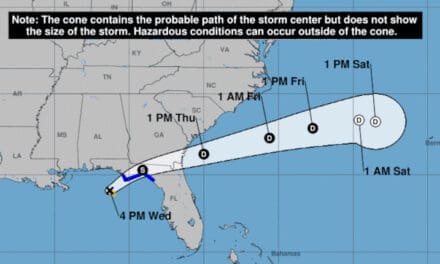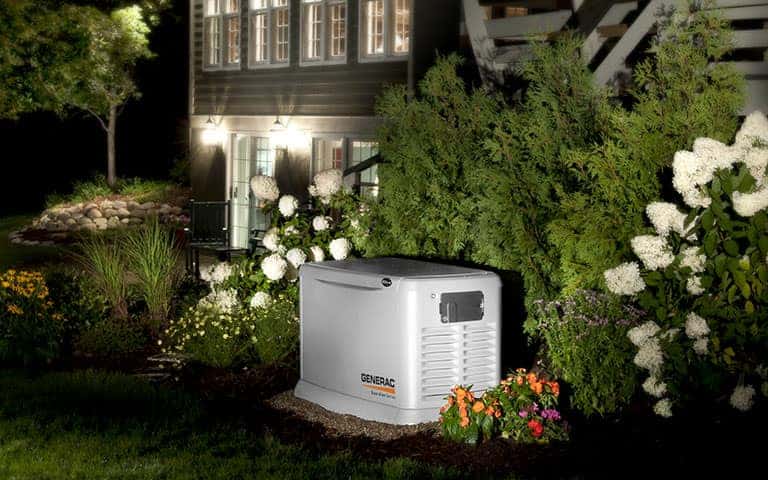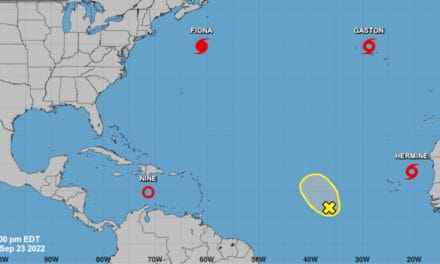Just before and immediately after you’ve experienced a disaster, emergency help is most likely on their way to you. How long will it take? Depends on accessibility to the stricken area. Some types of disasters hinder relief workers efforts to get to those who need them most. You must make a plan that will help you survive after a disaster for at least 3 days.
Make a Disaster Kit and be sure to include enough supplies for everyone in the household. Set up a Family Emergency Plan that includes a meeting place in case you get separated and a single phone number for everyone to call and check in.
List the phone number in your contact list as ICE (In Case of Emergency). Lastly learn about the type of disasters that could strike in your area and about the emergency plans that have been established, where the emergency shelters are located, etc. Emergency Preparedness is something you can do to be proactive to survive in less than normal conditions. And of course do not forget to include maintenance of your backup generator. Check extension cords, fuel supply, filters for the generator, clean air vents, if necessary contact a local factory representative to have maintenance performed. Do not wait until a disaster strikes to see if your generator is ready.
Here is a list of recommended supplies from FEMA that should be included in your Emergency Preparedness Kit:
❑ Water, one gallon of water per person per day for at least three days, for drinking and sanitation
❑ Food (at least a three-day supply per person) of non-perishable food
❑ Battery-powered or hand-crank radio and a NOAA Weather Radio with tone alert and extra batteries for both
❑ Flashlight and extra batteries
❑ First Aid Kit
❑ Whistle to signal for help
❑ Dust Mask, to help filter contaminated air
❑ Plastic sheeting and duct tape to shelter-in-place
❑ Moist towelettes, garbage bags and plastic ties for personal sanitation
❑ Wrench or pliers to turn off utilities
❑ Can opener for food (if kit contains canned food)
❑ Local maps
❑ Cell phone with chargers, inverter or solar charger
❑ Prescription medications and glasses
❑ Infant formula and diapers
❑ Pet food and extra water for your pet
❑ Important family documents such as copies of insurance policies, identification and bank account records in a waterproof, portable container
❑ Cash or traveler’s checks and change
❑ Sleeping bag or warm blanket for each person
❑ Consider additional bedding if you live in a cold-weather climate
❑ Complete change of clothing including a long sleeved shirt, long pants and sturdy shoes. Consider additional clothing if you live in a cold-weather climate
❑ Household chlorine bleach and medicine dropper – When diluted nine parts water to one part bleach, bleach can be used as a disinfectant. Or in an emergency, you can use it to treat water by using 16 drops of regular household liquid bleach per gallon of water. Do not use scented, color safe or bleaches with added cleaners
❑ Fire Extinguisher
❑ Matches in a waterproof container
❑ Feminine supplies and personal hygiene items
❑ Mess kits, paper cups, plates and plastic utensils, paper towels
❑ Paper and pencil, books, games, puzzles or other activities for children
In addition to these items, a safe recommendation would be a small portable generator… And a realistic stockpile of fuel with which to run it. While FEMA may recommend supplies for three days, plenty of victims of disasters in recent years were forced to wait far longer than that for relief efforts. And if you live in a cold area, and have to access to heat on account of a power outage, three days could mean a matter of survival.














